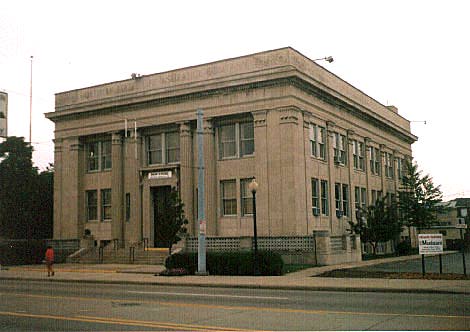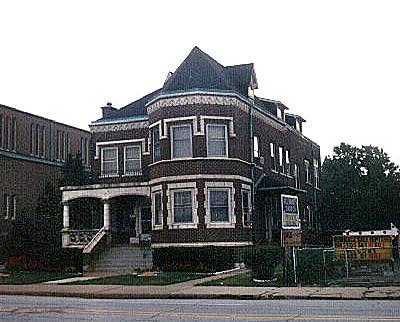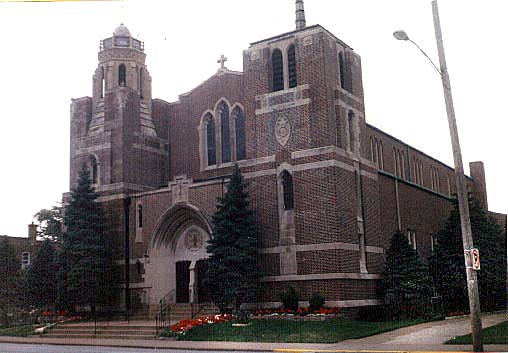|
Neighboring
Chicago at the
Indiana state line, the city of Hammond (pop: 84,236) was incorporated
in 1884 and was named after the owner of a large slaughterhouse, the
first industry to locate in the area.
Hammond is the first of Lake County's industrial
cities, dating back to 1869 when George Hammond began packing beef in
ice-filled railroad cars for shipment to the East, ending forever the
shipping of live cattle by rail.
Hammond is the home of the first professional
football team in the USA, and is the birthplace of local jeweler Alvah
Roebuck who sold watches on trains, and who one day met a man named
Sears.
Hammond is home today to Purdue University
Calumet. It boasts 950 acres of city parks, a marina on its lakefront,
129-acre Gibson Woods Nature Preserve, and an annual cultural festival
which has drawn as many as 100,000 visitors. Many events take place at
the Hammond Civic Center, which seats nearly 5,000. Here also is the
home of much 19th and early 20th Century architecture.
The city remains an industrial center and thriving
community in Northwest Indiana. Today it produces soap, processed food,
steel, railroad equipment, chemicals, and printed materials.
Hammond is fortunate to have a very large and
extensive historic district.
|







